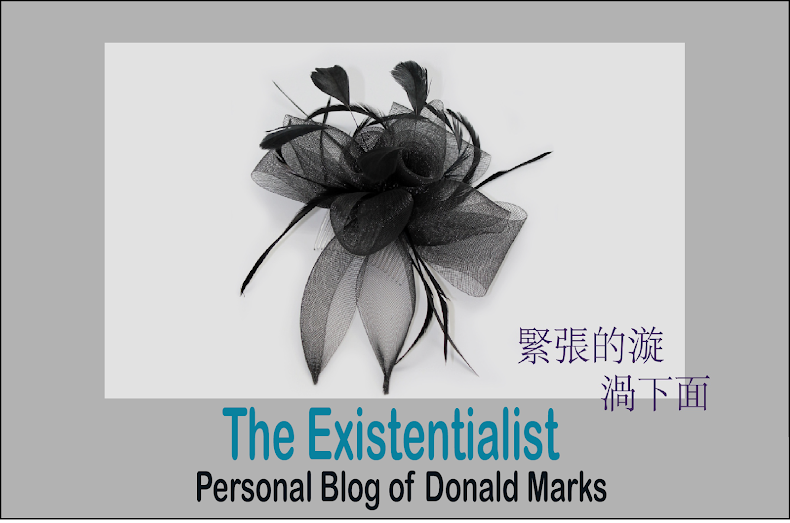My personal list of Red Flags🚩, Dog Whistles🛷, Buzzwords, Hot Button⏺️ words and meaningless caricatures that will drive toxic algorithms to heat and twist 2024 elections 🗳☑ and trigger hatred😡 on social media
My personal list of Red Flags🚩, Dog Whistles🛷, Buzzwords, Hot Button⏺️ words and meaningless caricatures that will drive toxic algorithms to heat and twist the 2024 election 🗳☑ and trigger hatred😡 on social media.
by: Donald H. Marks, physician-scientist
Reason, ethics, health justice, 3rd generation Veteran
Following is my personal and ever-updating list of Red Flags🚩, Dog Whistles🛷, Buzzwords, Hot Button⏺️ words and meaningless caricatures that will drive toxic algorithms to heat and twist 2022 2024 elections 🗳☑ and trigger hatred😡 on social media. Don't let lies manipulate your reasoned judgment.
The list of hateful buzzwords and dog-whistles.
Great Replacement theory - GRT : die juden werden uns nicht ersetzen
The Antisemitic Left, the Squad: Ilhan Omar of Minnesota, Alexandria Ocasio-Cortez of New York, Rashida Tlaib of Michigan and Ayanna Pressley.
BLM, CRT, Reparations
Open-border policy, Immigration reform, Title 42, http://bit.ly/3D4ovTj ,
Gun Control, 2A, Urban gun violence, Universal background checks, Constitutional carry
Vaccine passports
Right to choose, Pro Life, abortion, bounty, killing unborn babies.
The Woke, cancel culture
George Soros - the "ultimate dog whistle"
The Groomers, unspecified and by implication only.
Election fraud, stolen election.
Your suggestions to add to my list are welcome.
General discussion on dog whistles, hot button terms.
A logical fallacy, as listed in the following illustration, is an error in reasoning that renders an argument invalid. The above (incomplete) list of Red Flags, Dog Whistles, Buzzwords, Hot Button words will be used by toxic algorithms to heat and twist 2022 midterm & 2024 presidential elections🗳☑ and trigger hatred on social media.
Take Action
If you encounter hate speech or completely false information on social media, you Can and Should report. Facebook, Twitter, Instagram, YouTube and others provide easy click options to report and remove false and hateful posts.
Background readings
Logical fallacies https://1drv.ms/u/s!AkCvKP13dHomjexOSgmzcREkKeAcyQ?e=YRfkO1
Power Of Words - How Words Affect Our Lives & Behavior | Goop
How Facebook’s algorithms promote hate and drive toxic content - Alternet.org
"Jews will not replace us!": Antisemitism, Interbreeding and Immigration in Historical Context, by Andrew S. Winston, 2021. https://muse.jhu.edu/article/804146/pdf
The immigration debate, explained in 14 buzzwords http://bit.ly/3D4ovTj
Additional information by DH Marks
Reliable news sources used by Donald Harvey Marks http://bit.ly/3kECPvr
Fake News: Everything You Need to Know, by Donald Harvey Marks http://bit.ly/345cj95
Best Online Free Fact-Checking Tools, by Donald Harvey Marks http://bit.ly/3H97I44
Fact-Checking: The Ways We Can Fight Fake News, by Donald Harvey Marks http://bit.ly/3qudEyX
Infodemic: the epidemic of information, by Donald Harvey Marks http://bit.ly/3fV7BgN
The Curious Case of Deepfakes, by Donald Harvey Marks http://bit.ly/3GZJdXh
My personal list of Red Flags🚩, Dog Whistles🛷, Buzzwords, Hot Button words and meaningless caricatures (this article) that will drive toxic algorithms to heat and twist 2022 2024 elections 🗳☑ and trigger hatred on social media (yes, this article). By Donald H. Marks http://bit.ly/39JjdU2
Link to my Favorite Books📚 and recent reads, by Donald Harvey Marks, Physician⚕ and scientist🥼 https://bit.ly/3ok9UxI
Elitists, Neocons and Neoliberals, oh my. My personal and ever-updating list.
https://dhmarks.blogspot.com/2022/05/elitists-neocons-neolibs-oh-my-httpbit.html
Link to my Favorite Books📚 and recent reads, by Donald Harvey Marks, Physician⚕ and scientist🥼 https://bit.ly/3ok9UxI


